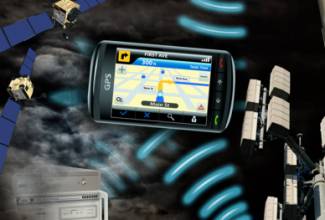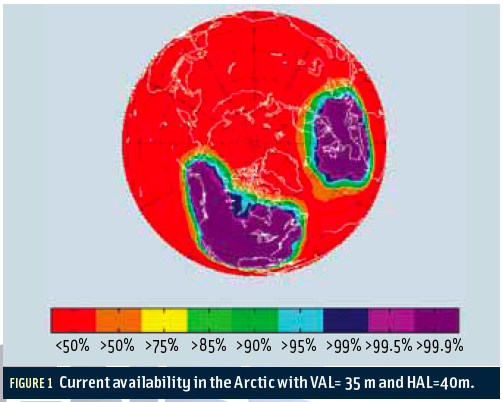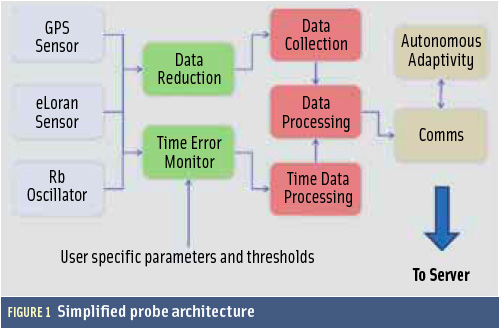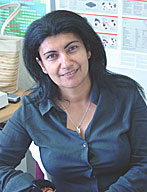First Galileo IOV Satellite Reaches Kourou
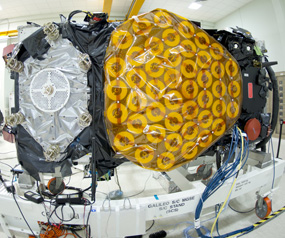 The Galileo In-Orbit Validation (IOV) ProtoFlight Model (PFM) and Flight Models (FM-2, FM-3 and FM-4) undergoing assembly and testing at Thales Alenia Space’s facility in Rome during May 2011. ESA – S. Corvaja
The Galileo In-Orbit Validation (IOV) ProtoFlight Model (PFM) and Flight Models (FM-2, FM-3 and FM-4) undergoing assembly and testing at Thales Alenia Space’s facility in Rome during May 2011. ESA – S. CorvajaThe first Galileo navigation satellite arrived Wednesday (September 7, 2011) in Europe’s Spaceport in French Guiana, ready to begin preparations for launch on 20 October.
Packed within its protective, air-conditioned container, the satellite — known as Known as Flight Model 2, or FM2 — landed at Cayenne Rochambeau Airport aboard an Antonov aircraft, having departed from Thales Alenia Space Italy’s Rome facility, where it was built.
By Inside GNSS
